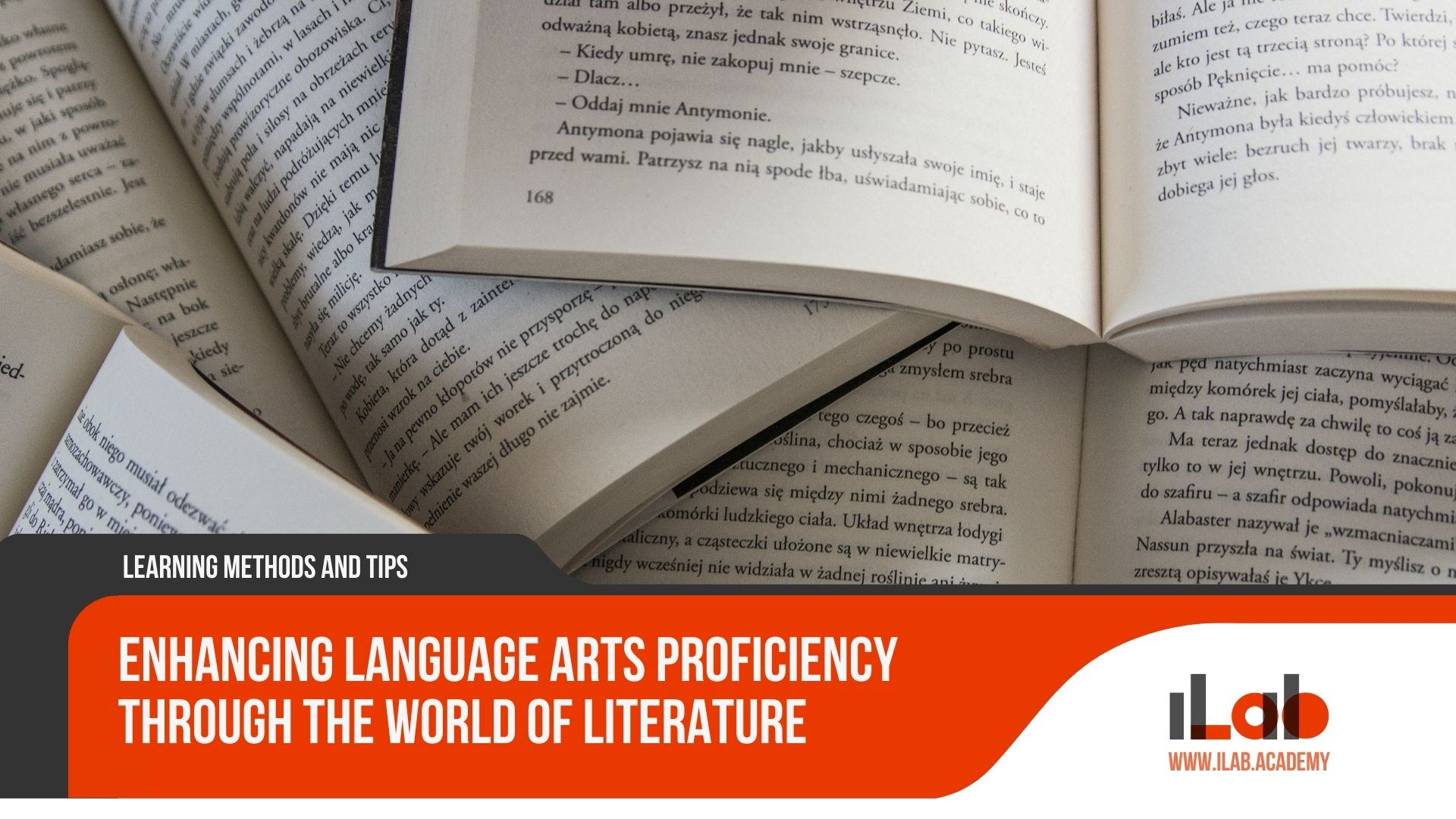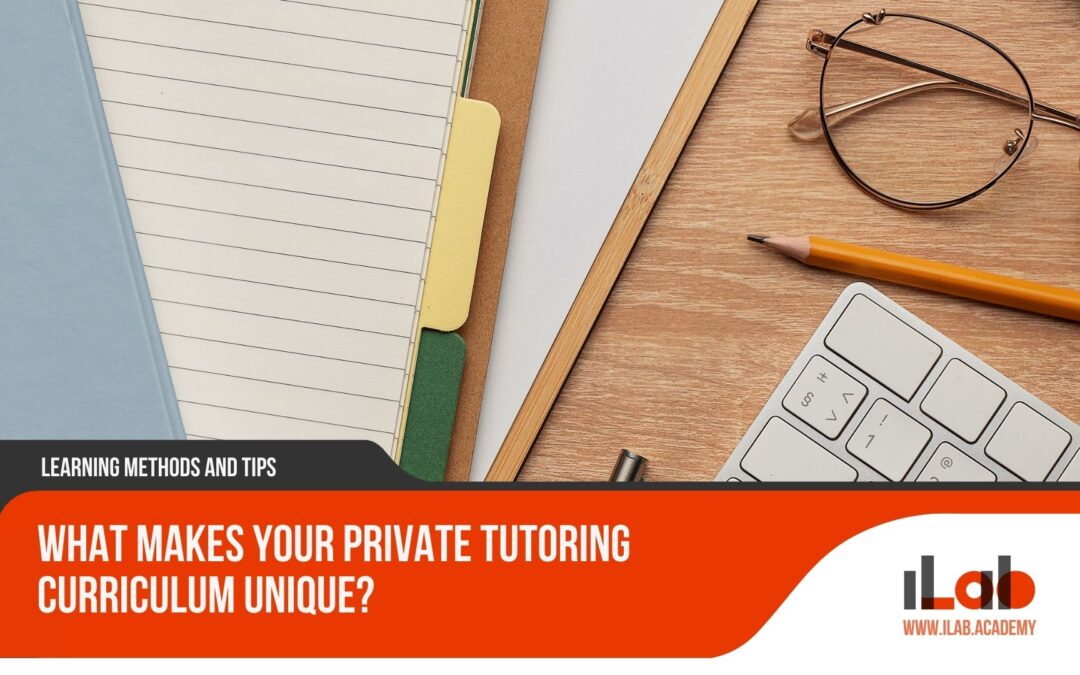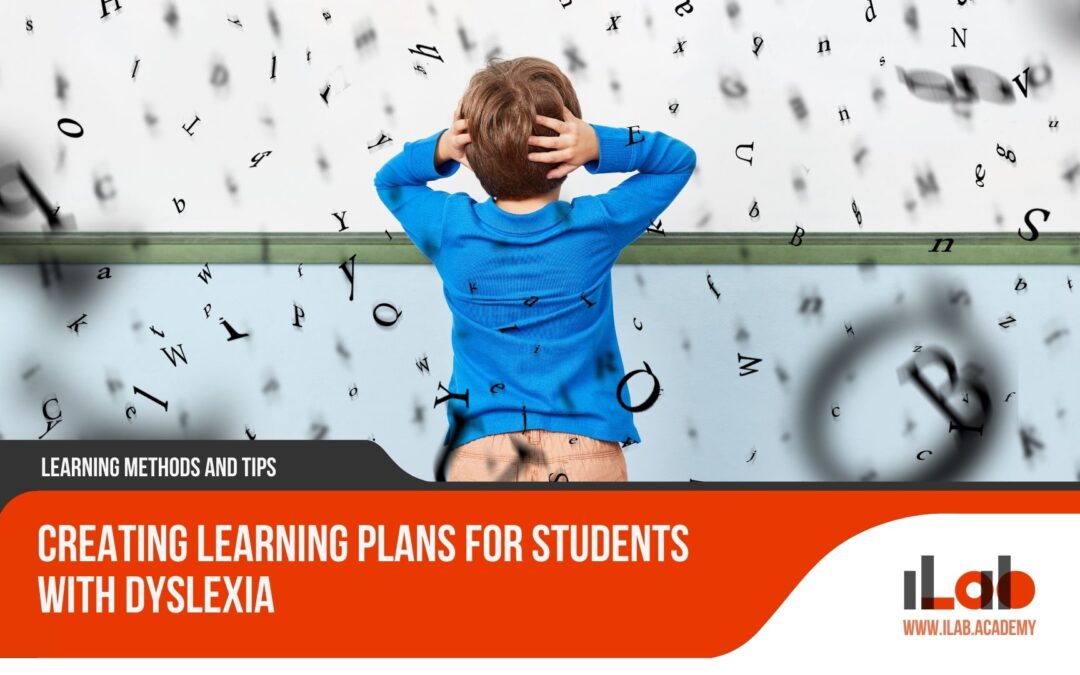Table of contents
As I guide my students through the maze of new vocabulary and grammar, I’ve come to see kinesthetic activities as the key to unlocking their language potential. In my experience, incorporating movement into learning not only breaks the monotony but also anchors linguistic concepts in memory. I’ve crafted a repertoire of activities that turn the abstract into the tangible, making language acquisition a full-body experience. Whether it’s through role-playing, interactive games, or hands-on crafts, these activities are tuned to the needs of kinesthetic learners. They’re not just fun—they’re effective, providing a solid foundation for my students to build their language skills. So let’s dive into some of the best kinesthetic learning strategies I use in my private language classes, designed to energize your teaching approach and foster a deeper connection with the language for your students.
Key Takeaways
- Role-playing scenarios provide active engagement and reinforce language structures and vocabulary in a real-life context.
- Language games with physical movement, such as Simon Says or Charades, offer a fun and interactive way for kinesthetic learners to practice language skills.
- Tactile manipulatives, like flashcards or blocks, can be used to manipulate language elements and engage the sense of touch for better understanding and retention.
- Incorporating music, dance, and physical exploration of outdoor settings can enhance language learning by teaching rhythm, intonation, and providing contextually rich experiences.
Role-Playing Scenarios
In my experience, one of the most effective kinesthetic activities to enhance language learning is role-playing scenarios, which actively involve students in realistic situations such as dining at a restaurant or navigating city streets for directions. These simulations encourage learners to step out of their comfort zone and use language in a practical context, often leading to greater retention and confidence.
What makes role-playing so valuable is its ability to mimic real-life interactions. As I’ve seen with my students, when they order food in a mock restaurant, they’re not just rehearsing phrases; they’re engaging in a dynamic exchange that requires quick thinking and adaptation to the flow of conversation. It’s in these moments that the language becomes a tool rather than just a subject to study.
Moreover, role-playing can be tailored to any proficiency level. Beginners might practice simple greetings and farewells, while advanced learners tackle complex negotiations or debates. This flexibility ensures that students are both challenged and supported, reinforcing their existing knowledge and stretching their capabilities.
The context provided by role-playing also helps in understanding cultural nuances, which are essential in language acquisition. As they act out scenarios, students learn appropriate gestures, expressions, and social norms, gaining a deeper appreciation for the language’s cultural backdrop.
Transitioning from role-playing to the next topic, language games with physical movement, opens up even more avenues for kinesthetic learners to absorb and use their new language skills. Both methods bring the thrill of physical activity into the learning process, making each lesson memorable and enjoyable.
Language Games with Physical Movement
Having explored role-playing, I’ll now delve into language games with physical movement, an equally dynamic approach to kinesthetic learning that marries the excitement of motion with the intricacies of language acquisition. These activities are not just about getting students up and moving; they’re about reinforcing linguistic concepts through the joy of play.
The classic game of Simon Says, for instance, can be a powerful tool in the language classroom. By instructing students to perform actions while using the target language, they’re not only practicing commands but also sharpening their listening skills. It’s a fun, low-pressure way to encourage responsive and active engagement with the language.
Then there’s Charades, a game that fosters creativity and improvisation. I’ve found that when students act out vocabulary words or phrases, they form memorable associations with those terms. Plus, it’s a laughter-filled method of reinforcing comprehension and recall without the need for pen and paper.
Treasure hunts, on the other hand, take language learning to an adventurous level. I create clues in the target language that lead to hidden objects or more clues, compelling students to decipher language in a context that feels thrilling. These hunts not only incorporate reading and interpretation, but also imbue new vocabulary with a sense of discovery and accomplishment.
What’s critical with these games is the combination of movement and language—it’s a pairing that caters to kinesthetic learners in a manner that static classroom activities simply can’t match. By utilizing physical movement, we’re tapping into a natural way of learning that can leave a lasting impact on students’ proficiency. It’s this blend of physical activity and language practice that can transform a routine lesson into an unforgettable learning adventure.
Tactile Manipulatives for Grammar and Vocabulary
Through the use of tactile manipulatives like flashcards and blocks, I’ve discovered a hands-on approach to teaching grammar and vocabulary that truly resonates with kinesthetic learners. These physical tools allow students to interact directly with the language, making abstract concepts more concrete and memorable. For instance, color-coded flashcards can be used to categorize words into nouns, verbs, and adjectives, while blocks can be stacked to form sentences, helping students grasp the structure of the language.
Here are a few techniques that I’ve found particularly effective:
- Flashcards: Not just for solitary review, but also for interactive games. I have students pair up and quiz each other, using the cards to prompt conversations.
- Sentence Building Blocks: These can be literal blocks or any items that can be linked together, allowing students to physically build and rearrange sentences.
- Vocabulary Sorting Bins: I use containers labeled with different categories (e.g., emotions, actions, food) and have students place the corresponding items in each bin.
These activities not only engage the sense of touch but also add a playful element to learning. Kinesthetic learners often find that by moving and manipulating objects, they’re able to remember and apply their new knowledge more effectively. Moreover, these methods offer a break from more traditional, sedentary learning styles and can be a welcome change of pace in any language class.
As we transition from tactile grammar and vocabulary exercises, another engaging kinesthetic technique I’ve embraced is interactive storytelling.
Interactive Storytelling
While I explore the power of interactive storytelling, I’ve found that it’s an exceptional method for bringing language to life, as students embody characters and enact scenes, merging physical activity with linguistic learning. This approach isn’t just about sitting and listening to stories; it’s about getting students on their feet, actively participating in the narrative. They use their bodies to express emotions, actions, and dialogue, which greatly enhances their retention of new language structures and vocabulary.
To illustrate, here’s a table showcasing how I’ve utilized interactive storytelling in my classes:
| Activity | Description | Language Focus |
|---|---|---|
| Character Mime | Students mime actions of their character while others guess. | Verbs and adjectives. |
| Prop Story-building | Each student adds to the story using a chosen prop. | Nouns and narrative structure. |
| Scene Freeze-Frame | Groups create tableaux of key story moments. | Presenting and describing scenes. |
| Dialogue Chains | Students form spontaneous dialogues in pairs. | Conversational phrases and grammar. |
| Emotion Walks | Walking in the character’s shoes to convey emotions. | Emotional vocabulary and expressions. |
Each of these activities engages different kinesthetic elements and caters to various aspects of language learning. For example, ‘Character Mime’ encourages students to think quickly on their feet, using their bodies to convey meaning, which solidifies their understanding of action words. ‘Prop Story-building’ is fantastic for creative use of objects, which helps in expanding their noun vocabulary and storytelling abilities.
Incorporating Music and Dance
In my experience, one of the most dynamic ways to engage kinesthetic learners is by integrating music and dance into language instruction, as these activities naturally encapsulate the rhythm and flow of a new language. The beat of music provides a pulse that mirrors the cadence of spoken words, while dance movements can reinforce the meaning of those words, creating a multi-sensory learning experience.
Here are a few activities I’ve found effective:
- Learning Songs: Students memorize vocabulary and phrases more easily when they’re part of a catchy tune. Singing in a foreign language not only helps with pronunciation but also with intonation, which is critical for sounding like a native speaker.
- Creating Dance Routines: Associating certain movements with words or phrases allows students to embody the language. This can be particularly helpful for verbs and action words, as the physical movement cements the meaning in the student’s memory.
- Musical Chairs with a Twist: Playing this classic game using sentences or vocabulary from the target language sharpens listening skills and quick thinking, making it a fun and competitive way to practice.
By using these techniques, I’ve observed students’ increased confidence in their language abilities, as they’re able to recall and apply what they’ve learned with greater ease. Moreover, these activities break the monotony of traditional learning and allow students to express themselves creatively while acquiring a new language.
Transitioning now from the rhythmic to the spatial, let’s explore how we can engage kinesthetic learners through ‘writing and drawing in space’—an activity that takes learning quite literally to another dimension.
Writing and Drawing in Space
I’ll now guide you through the practice of writing and drawing in space, a kinesthetic strategy that leverages large motor skills to enhance language retention dramatically. Imagine a classroom where students are actively using their whole bodies to form letters and words in the air—this is not just an engaging spectacle, but a powerful method to imprint vocabulary and scripts onto a learner’s memory.
When we engage our bodies in learning, we create a multisensory experience that can make the material stick. It’s like when you trace a word with your finger; you’re more likely to remember it because you’re involving more than just your eyes. Now, take that concept and magnify it. By having students write and draw in the air or on large surfaces with sweeping arm movements, they not only see the word but feel its shape and movement. This form of learning taps into muscle memory, which can be remarkably durable.
For challenging vocabulary or scripts, this approach can be a game-changer. It breaks the monotony of rote memorization and allows students to physically interact with the language. They can literally grasp the words with their hands, making abstract concepts tangible. As an added bonus, this activity gets students up and moving, which can be a welcome break from more sedentary learning tasks.
In my own experiences with language learning, incorporating movement has always helped me remember tricky phrases or characters, especially in languages with non-Latin scripts. I’ve seen firsthand how drawing characters in a large space can make the difference in recalling them later. So, I encourage you to try this with your students; you might just find that writing and drawing in space is the key to unlocking their language potential.
Constructing Language Journals
Transitioning from the dynamic technique of writing in space, I often find that constructing language journals fosters a similarly tactile experience that equally aids in memorizing and internalizing new vocabulary and grammar structures. When my students create their own language journals, they’re not just passively absorbing information; they’re actively crafting a personal learning tool.
Here’s why language journals are a hit in my classes:
- Personalization: Each student can tailor their journal to their learning needs, making the process of language acquisition more relevant and engaging.
- Creativity: Combining drawing, coloring, and organizing content in a journal makes learning a new language a more inviting and enjoyable endeavor.
- Retention: The act of writing by hand and manipulating materials helps to cement new words and rules in memory, leading to better long-term retention.
I encourage my students to use a variety of materials, like magazine cutouts, printed pictures, or even ticket stubs from their travels, to make their journals vibrant and meaningful. They can section their journals by topics or linguistic features, making it easier to navigate and review. Writing by hand in their journals, they engage multiple senses, which is crucial for kinesthetic learners. It’s more than just writing; it’s a physical interaction with the language that involves the whole body, from the act of cutting and pasting to the kinesthetics of handwriting.
Crafting a language journal isn’t just a learning task; it becomes a keepsake, a record of the language journey that my students are always proud to show off. It’s a testament to the progress they’ve made and a resource they can return to time and again.
Outdoor and Environmental Language Learning
After exploring the tactile benefits of language journals, I’ve found that taking students outside for environmental language learning further enriches their physical engagement with a new language. There’s something inherently stimulating about being in the open air, where the senses are bombarded with real-life stimuli that can be harnessed to deepen linguistic comprehension.
Imagine a nature walk where each plant, insect, and animal becomes a new vocabulary word, a tangible representation of language in the wild. It’s not just about memorizing terms; it’s about connecting words to experiences. When a student points to a tree and learns the word for it, they’re not likely to forget it because they’ve touched it, smelled it, and seen it within its natural context.
Similarly, city exploration turns each street into a classroom. Reading signs, asking for directions, and interacting with locals offer practical language practice that’s hard to replicate within the confines of four walls. The environment provides an endless supply of conversation topics, making language learning an adventure.
Outdoor settings also offer the perfect backdrop for task-based activities. Setting up a scavenger hunt with clues in the target language, for instance, not only promotes physical activity but also problem-solving in a foreign tongue. Such tasks don’t feel like learning; they feel like playing, and that’s the beauty of it.
Leveraging the environment in language education isn’t just beneficial; it’s essential for kinesthetic learners who thrive on movement and real-world engagement. It turns the world into a teacher and every experience into a lesson. As a language tutor, I’m always looking for ways to break out of the conventional classroom setting, and outdoor activities are a powerful tool in my pedagogical arsenal. They breathe life into words and grammar, making language both a physical and intellectual journey.
Frequently Asked Questions
How Can Kinesthetic Learning Be Effectively Assessed in Private Language Classes to Ensure Students Are Meeting Learning Objectives?
I assess kinesthetic learning by observing students during activities. I note their language use, engagement, and how well they follow instructions. I’ll ask them to demonstrate understanding through actions or teaching back the concept. It’s not just about completing tasks; it’s about seeing if they can apply what they’ve learned in a dynamic way, which shows me they’re truly grasping the material.
What Strategies Can Be Employed to Adapt Kinesthetic Learning Activities for Online or Virtual Language Classes?
I’m exploring strategies to bring kinesthetic learning into my online language classes. I’m integrating virtual games that get students moving, like miming words for others to guess. I’ve found using on-screen flashcards prompts learners to physically interact with the content. I’m also encouraging them to create DIY manipulatives at home, making the experience tactile. These methods help maintain engagement and make virtual lessons as dynamic as in-person ones.
How Can Language Tutors Manage Kinesthetic Activities in a Way That Caters to Students With Varying Levels of Physical Ability or Mobility?
I’m often asked how to manage kinesthetic activities for students with different mobility levels. I make sure to adapt each activity, ensuring no one’s left out. For example, if we’re doing a movement-based game, I’ll offer seated variations. I also use tactile aids that don’t require much movement but still engage the senses. It’s about being inclusive and creative, so every student can participate and benefit from the hands-on learning experience.
Are There Any Specific Kinesthetic Learning Techniques Recommended for Advanced Language Learners or Those Focusing on Technical or Academic Language?
I’ve found that advanced language learners benefit from debates and presentations that incorporate gestures and movement. They can physically build complex sentence structures using blocks or act out technical scenarios. This hands-on approach helps solidify academic language and makes abstract concepts tangible. It’s all about connecting physical actions with high-level linguistic functions to deepen understanding and retention of sophisticated material.
How Can Tutors Integrate Kinesthetic Learning Activities With Traditional Language Learning Homework Assignments to Reinforce Concepts Outside of Class?
I’ve found blending kinesthetic activities with traditional homework reinforces language skills effectively. For example, I’ll assign action-based tasks, like labeling household items with sticky notes or acting out verbs. This way, students connect movement with study, making concepts stick. It’s a balance; written exercises provide structure while physical tasks cater to different learning styles. My students engage with the language in a dynamic, memorable fashion, enhancing their overall learning experience.
Conclusion
Wrapping up, I’ve seen my students’ language skills soar through these kinesthetic activities. Role-playing, active games, and tactile tools make learning stick. Stories come alive with gestures, and music infuses rhythm into new phrases. Writing in air and crafting journals personalize this journey. Lastly, stepping outdoors breaks down classroom walls, inviting a world of words. Remember, it’s about moving, touching, and living the language; that’s when the magic happens for kinesthetic learners. Let’s get moving and learning together!














